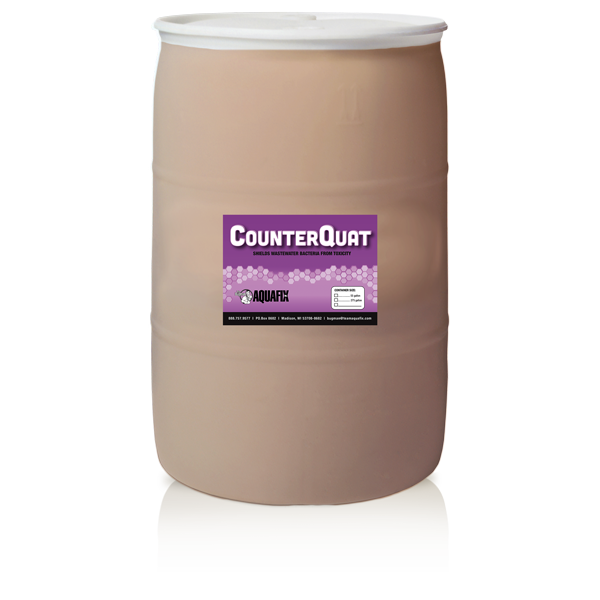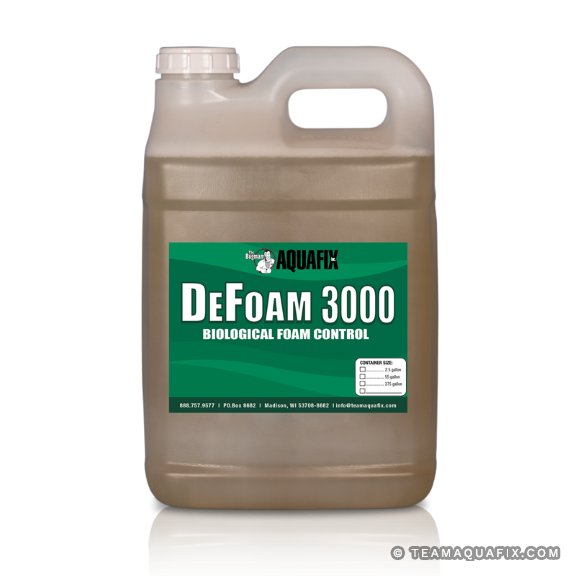Mini Digester BMP Testing with Quaternary Ammonium Cations (QAC, quats)
How much quat is too much?
by Dan McKeaton, Director of Wastewater Education
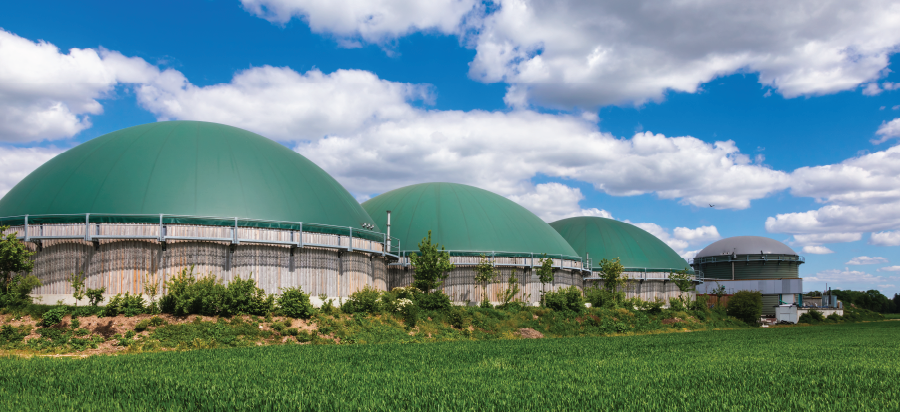
One of the major focuses at Aquafix Labs in the past year has been improving our anaerobic digester study methods. So, we recently developed a “mini” digester method used to run anaerobic BMP screenings. To test this method, we ran a study to assess the impacts of a wide dose range of quats on methane production.
The goals of this study were relatively simple:
- To determine if our method was reliable enough to be used for future research and development experiments.
- To get a rough idea of how much quat is toxic to anaerobic digesters, specifically looking at total methane production, and overall biogas quality.
- Not wreck our brand-new gas meter.

*While quats may have had a small impact on methane production between 0 and 150 ppm, we observed a major reduction in methane generation above 150 ppm.
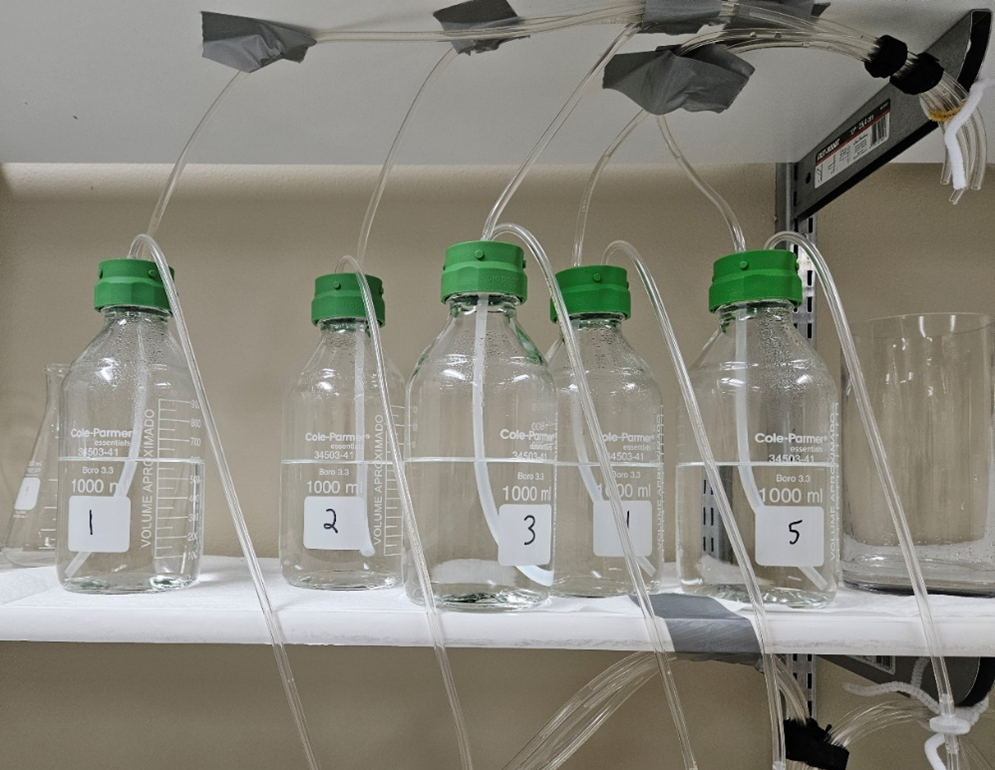
*1000 mL Gas Trap Bottles 1-5. Gas travels through the gas line from the digesters below and pushes water out of these bottles. This photo was taken after 7 days.
In this study, we used 100 mL bottles as tiny digesters which were connected to 1000 mL bottles that acted as gas traps to assess biogas production. Each 100 mL bottle was filled with a blend of municipal anaerobic digester sludge and feedstock that was blended extensively prior to distribution. Blending is especially important in small scale tests to ensure even distribution of feedstock. The filled 100 mL bottles were then capped and connected with gas tubing to the 1000 mL gas trap bottles. The 100 mL digesters were mixed by hand twice daily to dislodge any trapped biogas and improve feedstock distribution. Throughout the study, these bottles were kept at 96.8⁰F (36⁰C) in a constant temperature bath.
The gas trap bottles in this case were relatively simple. The gas trap bottles were *almost* completely filled (if you don’t have some headspace, they siphon backward, beware!) An outflow tube was attached to the cap to allow an escape path for water. As gas accumulates in the large bottle headspace, water is slowly pushed out the outflow tube. This means, at the end of the study, we can measure the liquid volume in the gas traps to see how many mL of gas were collected in the headspace. We used our new handheld biogas meter to determine biogas quality in each of the digester headspaces and in each of the gas traps as we were unsure which would make a better gas measurement site.
This method wasn’t perfect, but allowed for a good relative biogas production comparison between digesters. In general, the idea was that we can quickly screen to determine if different variables influence methane production, and follow this up with a more comprehensive study to confirm results.
Using this new method in our trial with quats gave us a few key bits of information:
- Methane production remained fairly consistent in our digesters if we added less than 150 ppm of quat.
- Biogas quality was not influenced by the addition of quats.
- Biogas quality appeared very similar comparing the headspaces of our 100 mL digesters and our gas trap headspaces.
- Overall, this method worked well for this application.
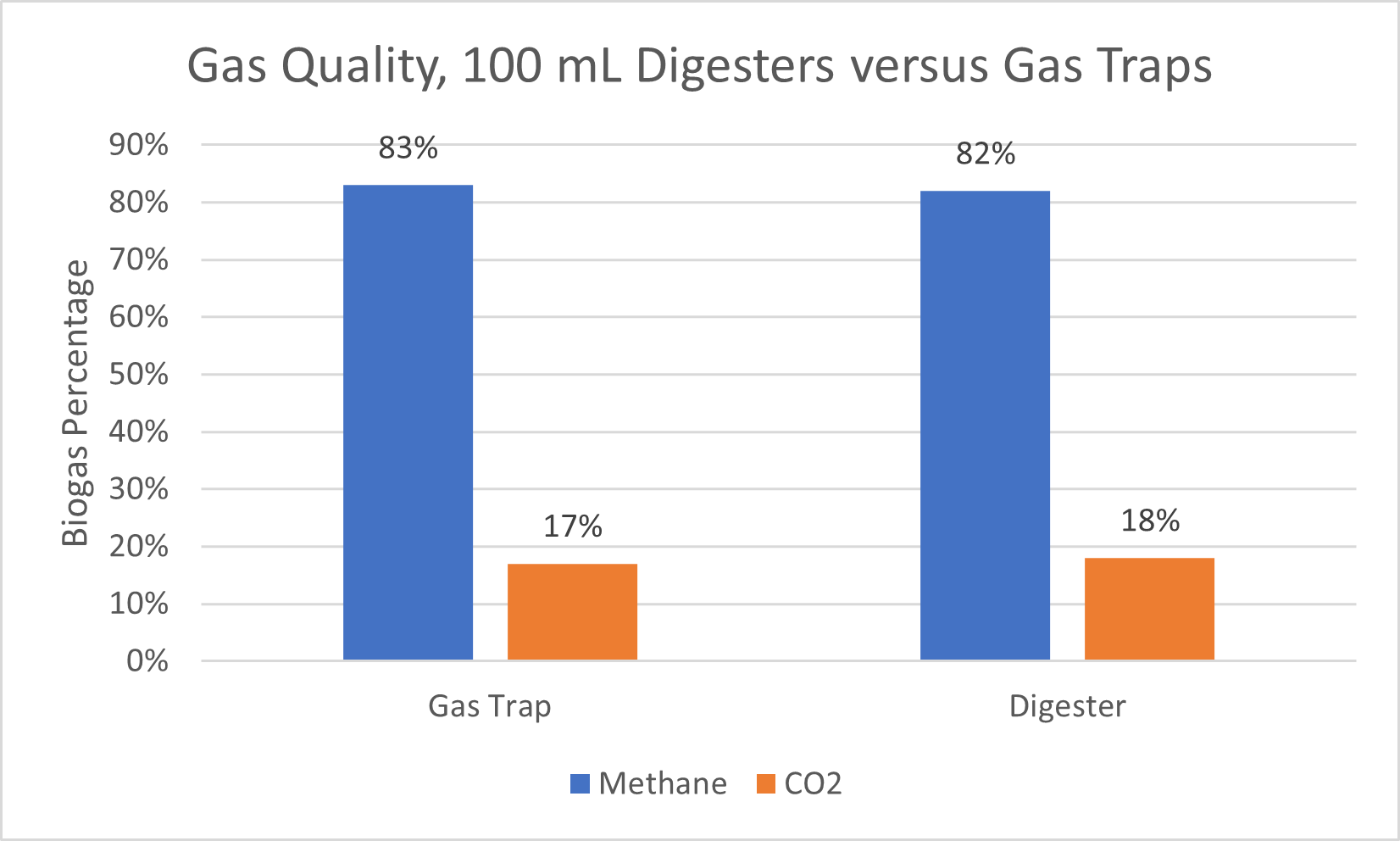
*Gas qualities were nearly identical when we compared our digester headspaces to our gas traps, suggesting either gas testing location is acceptable for future studies.
Anaerobic Solutions
CounterQuat
- Mitigate potential upsets and protect bacteria from toxins
- Works against Quats, PAAs, and other cleaning agents
- Great for systems with frequent cleanouts
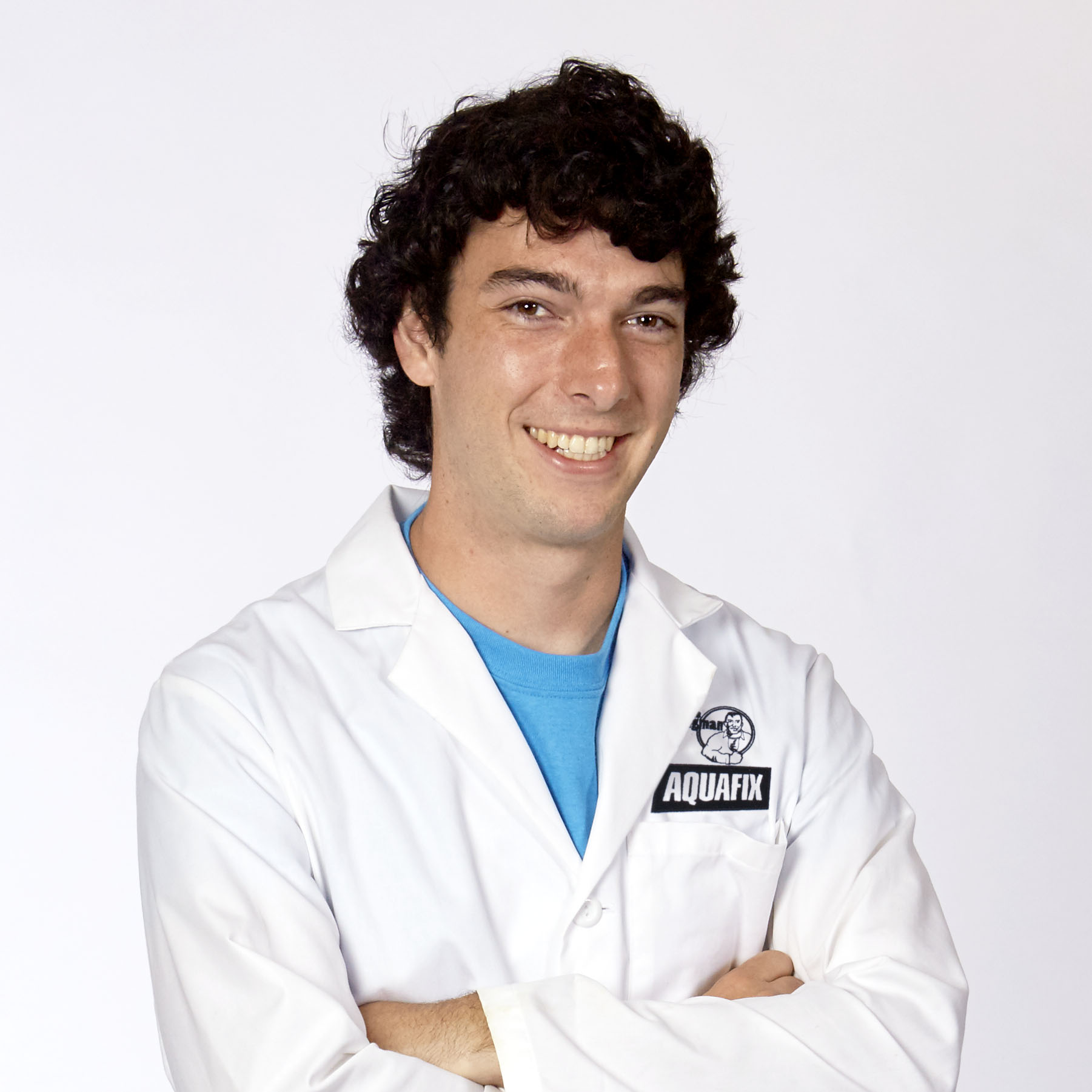
About the Author
Dan McKeaton holds a B.S. in chemistry and started working at Aquafix in 2014. Dan performs wastewater research at Aquafix Inc and has presented his research in quaternary ammonium cations at the WEFTEC technical symposium in 2019. Dan also designs customer treatability studies in wastewater, assists in the development of wastewater products, and performs microscopic analysis for wastewater customers.

